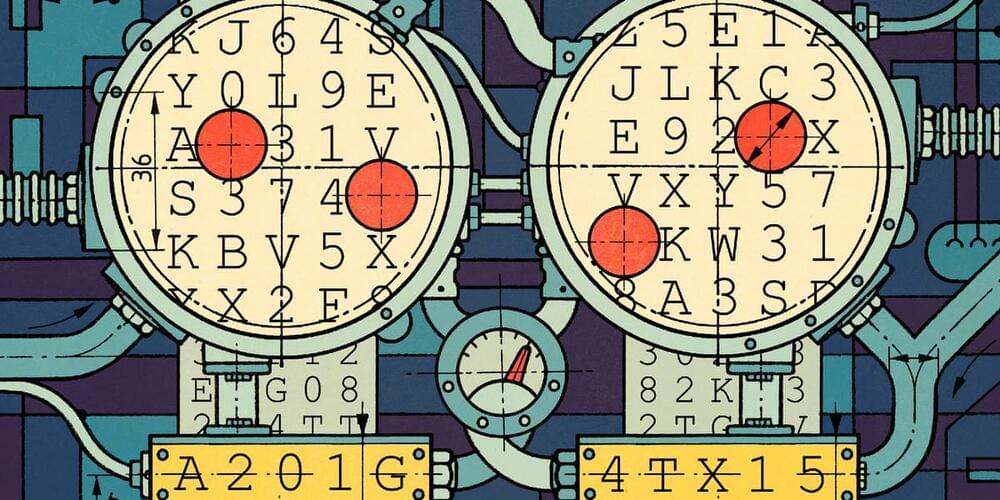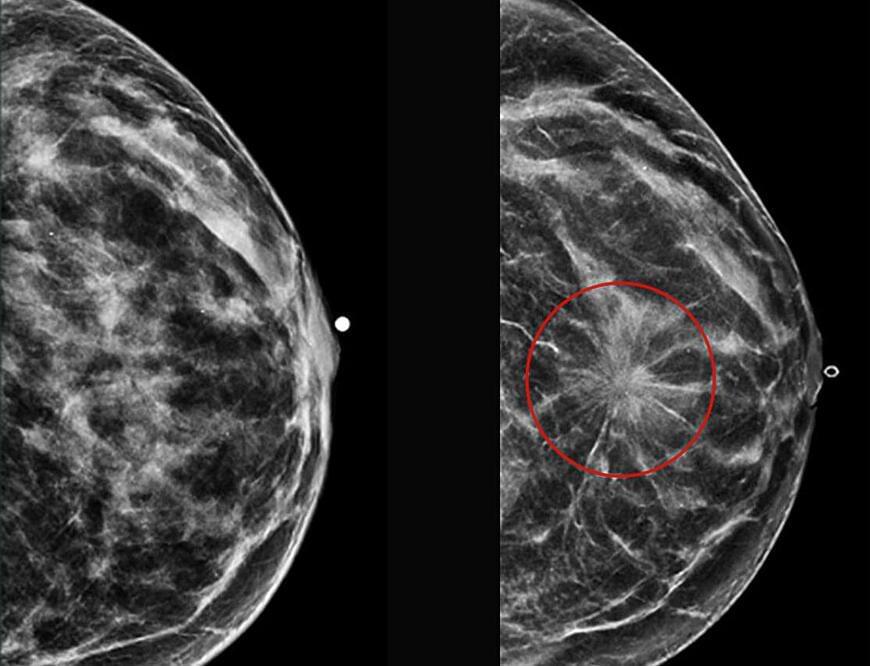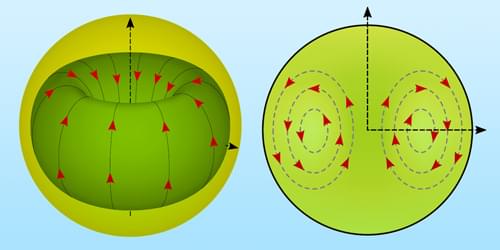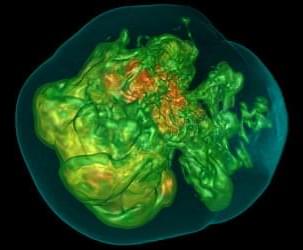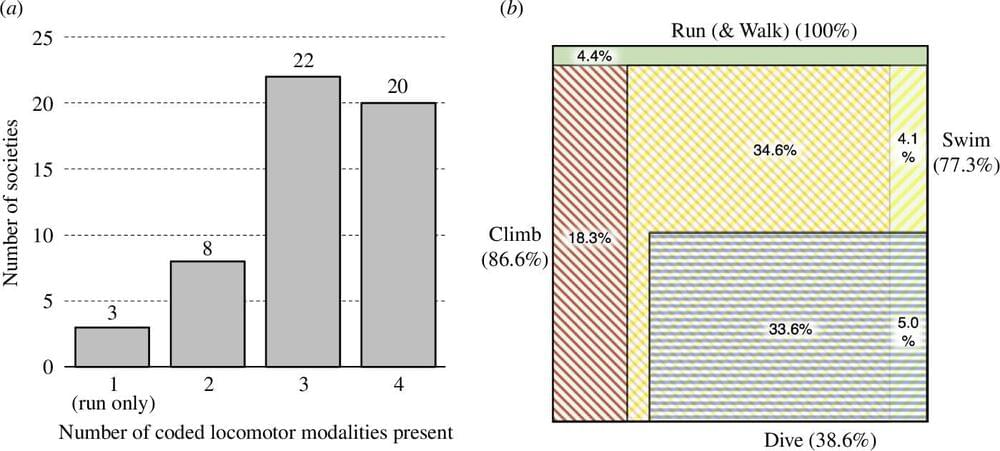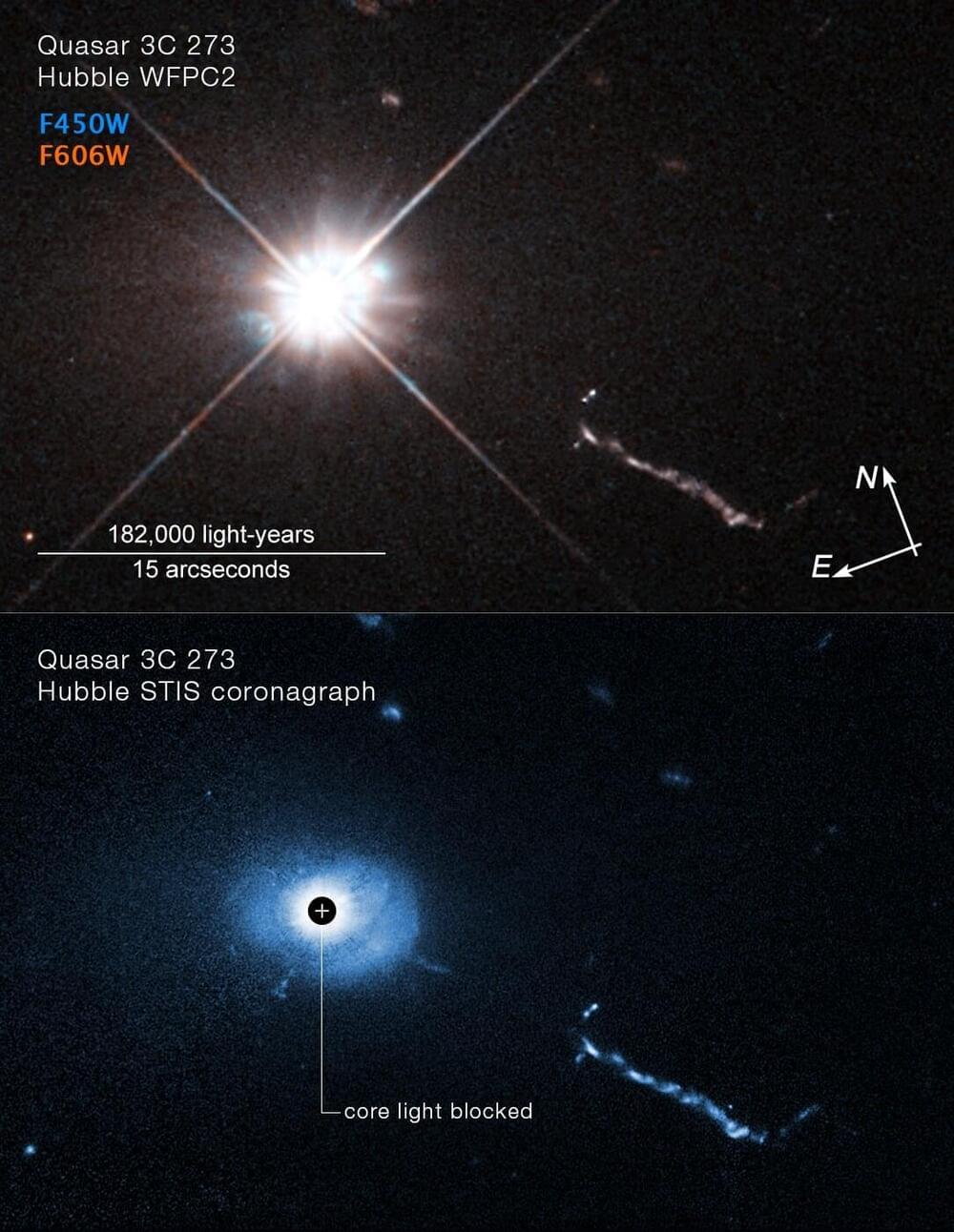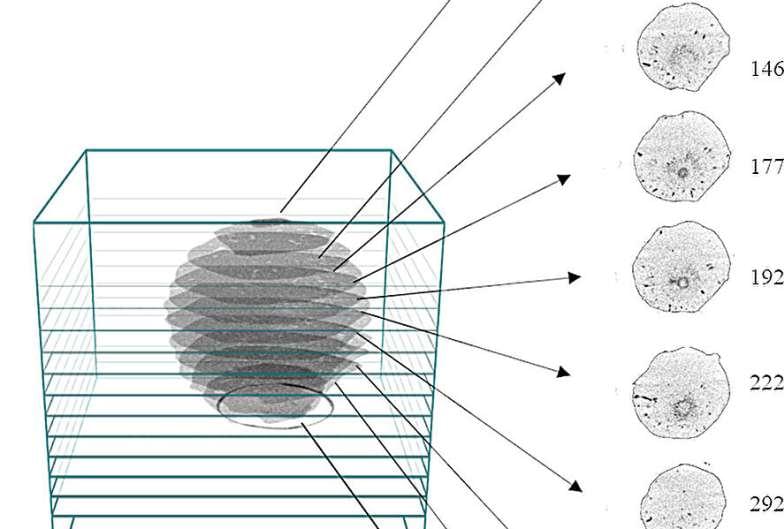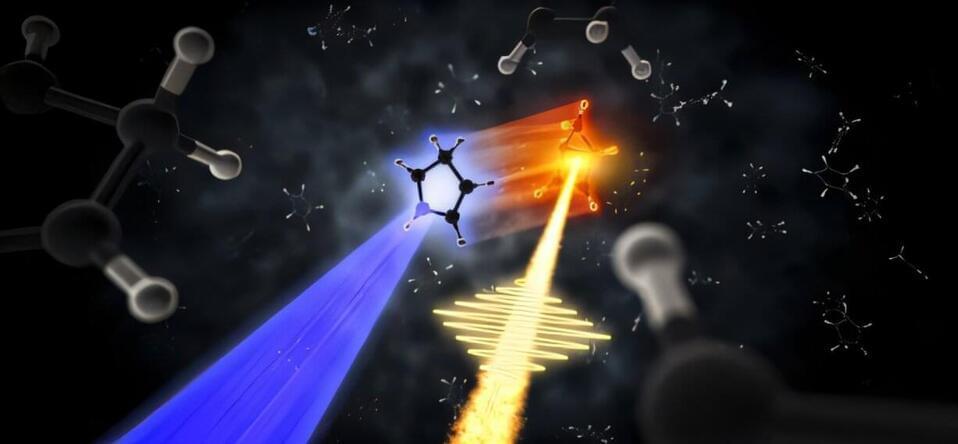When the brain is observed through imaging, there is a lot of “noise,” which is spontaneous electrical activity that comes from a resting brain. This appears to be different from brain activity that comes from sensory inputs, but just how similar—or different—the noise is from the signal has been a matter of debate.
New research led by a team at the University of Tokyo further untangles the relationship between internally generated noise and stimulus-related patterns in the brain, and finds that the patterns of spontaneous activity and stimulus-evoked response are similar in lower visual areas of the cerebral cortex, but gradually become independent, or “orthogonal,” as one moves from lower to higher visual areas.
The findings not only enhance our understanding of the mechanism that enables the brain to distinguish between signal and noise, but could also provide clues for developing noise-resistant artificial intelligence incorporating a mechanism similar to that found in the biological brain. The study is published in the journal Nature Communications.
